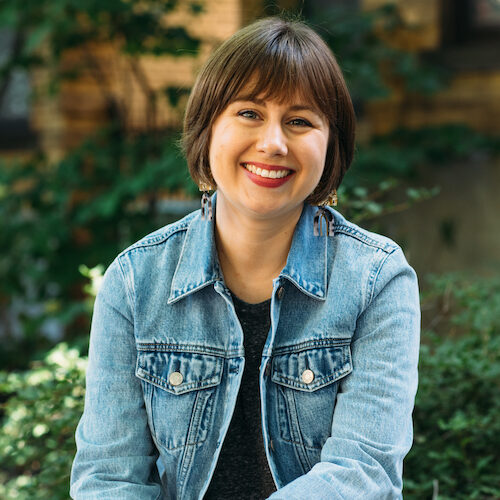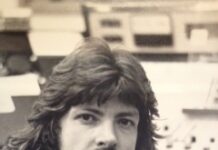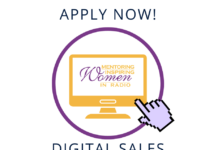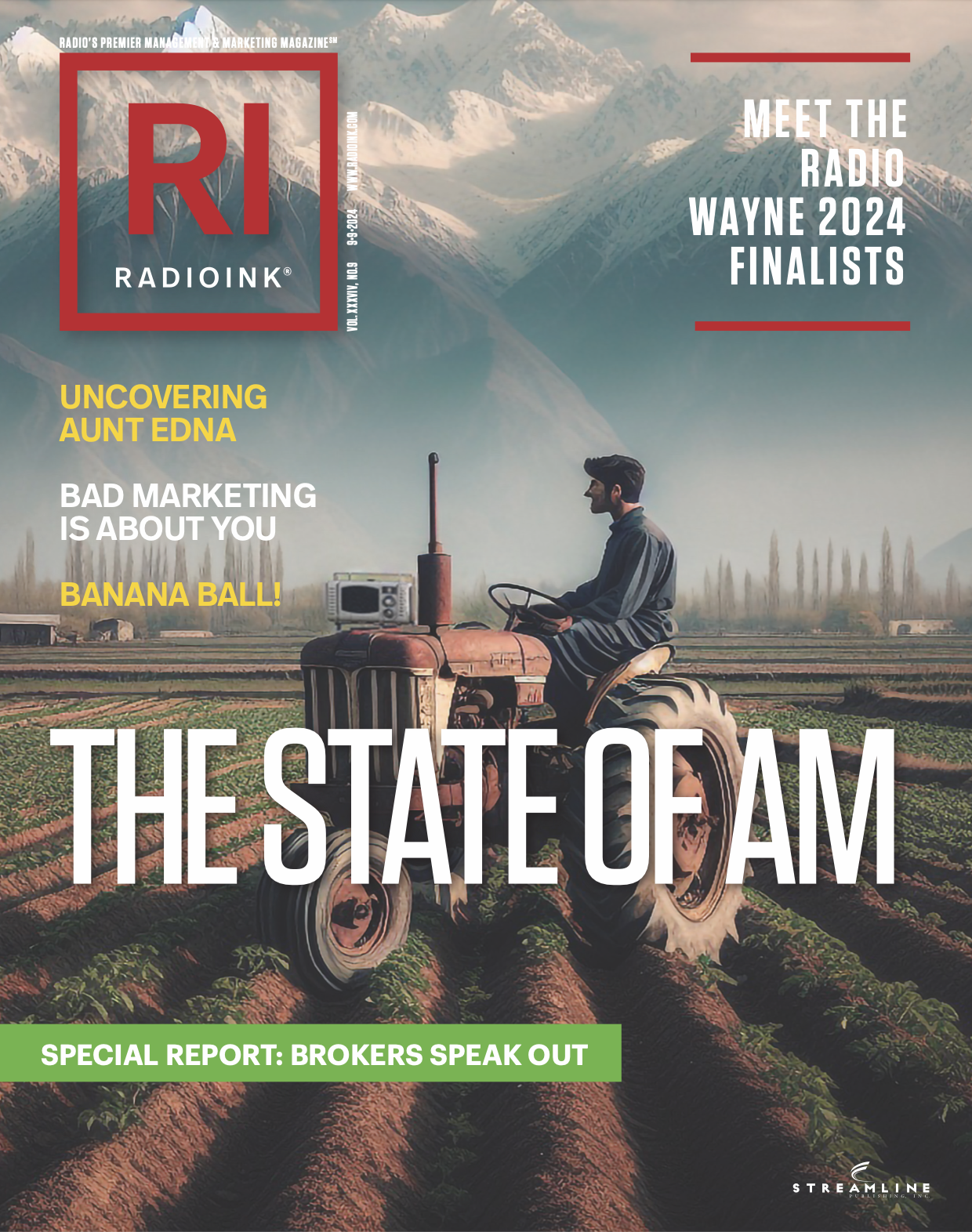
(By Kelsey Brannan) In my role as Director of Student Radio at the University of Wisconsin-Madison, I’m often asked questions about the vitality of terrestrial radio in today’s sprawling media landscape.
From well-meaning visitors who are curious about how many people really listen to radio these days to skeptical parents who are trying to assess the viability of their student’s career aspirations in broadcasting, a lot of it comes down to this: Does radio still matter?
Most of us work in radio because we believe that this medium still matters and, hopefully, will continue to for a long time. Many of us also know that it is incumbent on radio stations to continue to matter – that is, to continue to be innovative in the ways we meet our audiences with the content they want, when they want it, and how they want it. Thankfully for college radio advisors, this responsibility dovetails nicely with our mission to help students acquire well-rounded, hands-on experiences in media.
Every day, I work to instill in my students the value of WSUM Madison Student Radio as not “just” a radio station, but as a multimedia organization. It’s true that our bread and butter remains our terrestrial signal at 91.7 FM in the greater Madison area; this is an excellent way to serve our local audience and teach students about broadcasting. As a station, we are also very intentional about investing time and resources into all our platforms, including web streams, podcasts, video, and social media.
In addition to our terrestrial signal, WSUM has three internet radio streams: WSUM, FreeFlow, and WSUM Sports. As our station’s volunteer base continues to grow, these streams give us ample “air” time for students to broadcast reports on current events, commentary on Badger sports, opinions about the latest in pop culture, and their impeccable music taste with listeners all over the world. Students are encouraged to think critically about how to attract different audiences to each stream, and how to leverage all three streams to cross-promote station-wide programming.
WSUM’s podcasts are another vehicle to reach a global audience. With multiple serial podcasts each semester, this department has seen major growth in the last year. Students who are interested in audio production have the chance to refine their skills through advanced training opportunities and project-based experiences in podcasting. From recording and editing an episode to strategizing a marketing plan, students become well-prepared for careers in content development and creation.
I’ve been especially impressed with the creative ways students have incorporated video into WSUM’s programming. Every week, a different band visits our studio for a live on-air performance, and, with the help of a student video team, WSUM can give these sessions longevity on our YouTube page. Volunteer videographers and editors give these sessions the “NPR Tiny Desk” treatment, which provides great online exposure for both the station and the band. Students exercise skills related to teamwork and resource management to make sure the shoot goes smoothly, and the video is published on time.
Social media has been an integral part of helping students fulfill WSUM’s mission of community outreach. It can be easy to lean on one-sided communication through on-air programming, podcasts, and video, but the content that students create for WSUM’s social media channels is designed to be interactive and to draw our audience in. Managing the station’s official social media accounts gives students practice in stellar communication, engagement, and accountability.
As an educator, I am confident when I assure people that terrestrial radio still matters. I am even more confident that radio is one integral part of a much wider media landscape. In prioritizing our college radio stations’ multimedia capabilities, we’re not only able to meet our audiences with the content they want, we’re also able to meet our students with the training they need. We can teach our students to be expansive and creative in their approach to content creation, which equips them with the versatility they will need to be successful in their careers.
Sounds like a win-win to me.
This column was reposted with permission from its original source.
Kelsey Brannan is Director of Student Radio at University of Wisconsin-Madison and General Manager of WSUM Madison Student Radio.






